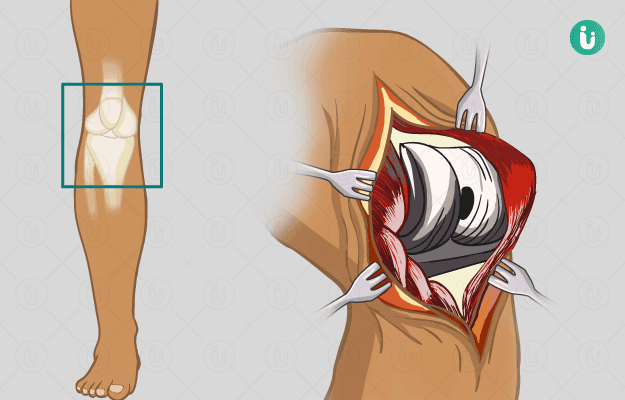Summary
Arthroplasty is a surgical procedure wherein a diseased or damaged joint is resurfaced or removed and replaced by a plastic, metal, or ceramic substitute called prosthesis. The surgery is performed when the affected joint cannot be repaired by non-surgical options such as physical therapy and medicines.
Arthroplasty can be carried out in various joints including those in the shoulder, hip, elbow, and knee. The procedure usually lasts for one to three hours, and you will be discharged in around one to three days after the surgery. A physical therapist will visit you during the hospital stay and teach you exercises to perform at home. These will help promote recovery. After the surgery, you will experience relief from the joint pain and observe improved mobility in the affected joint.












